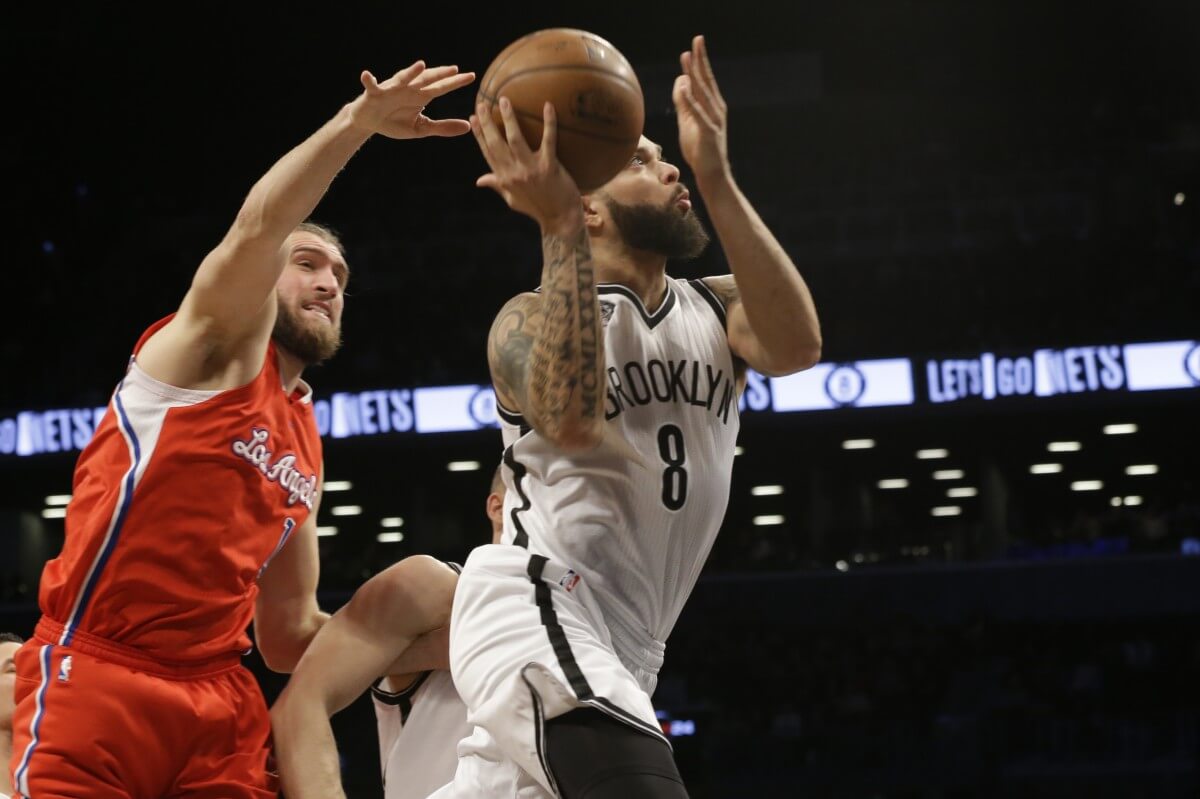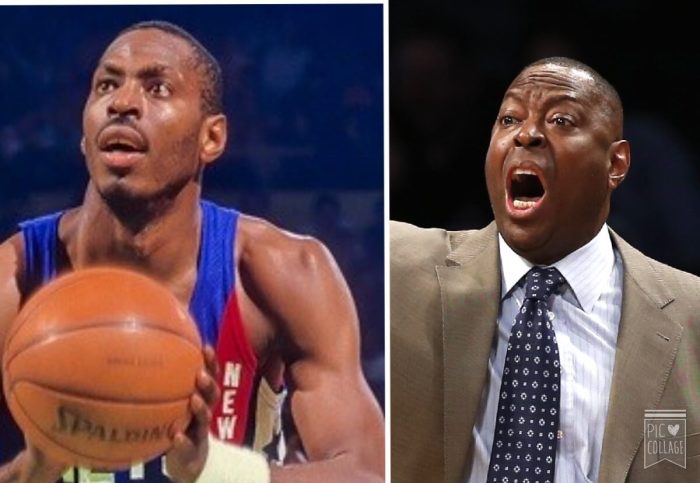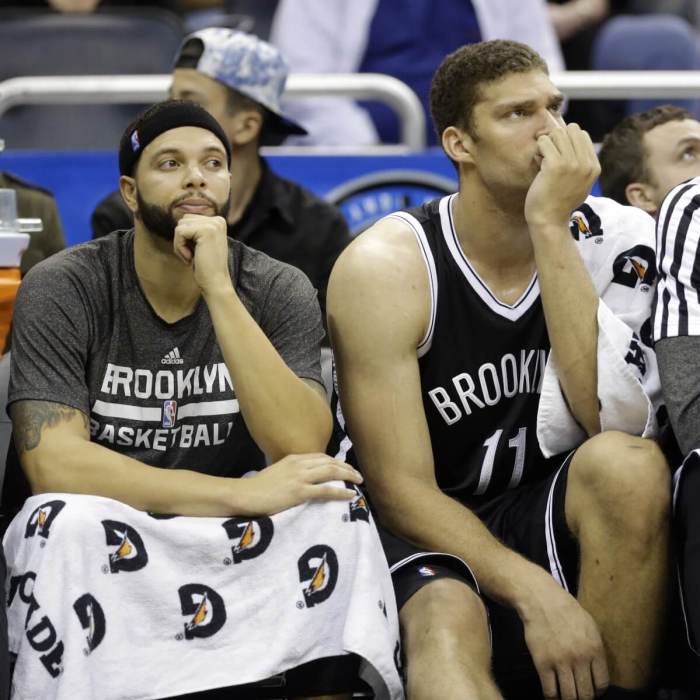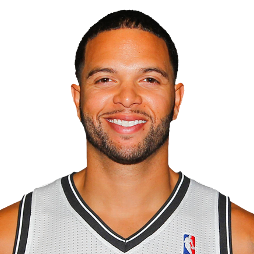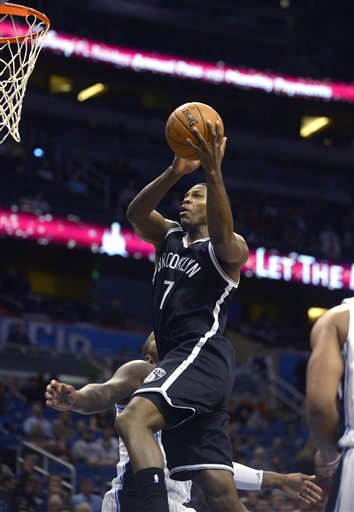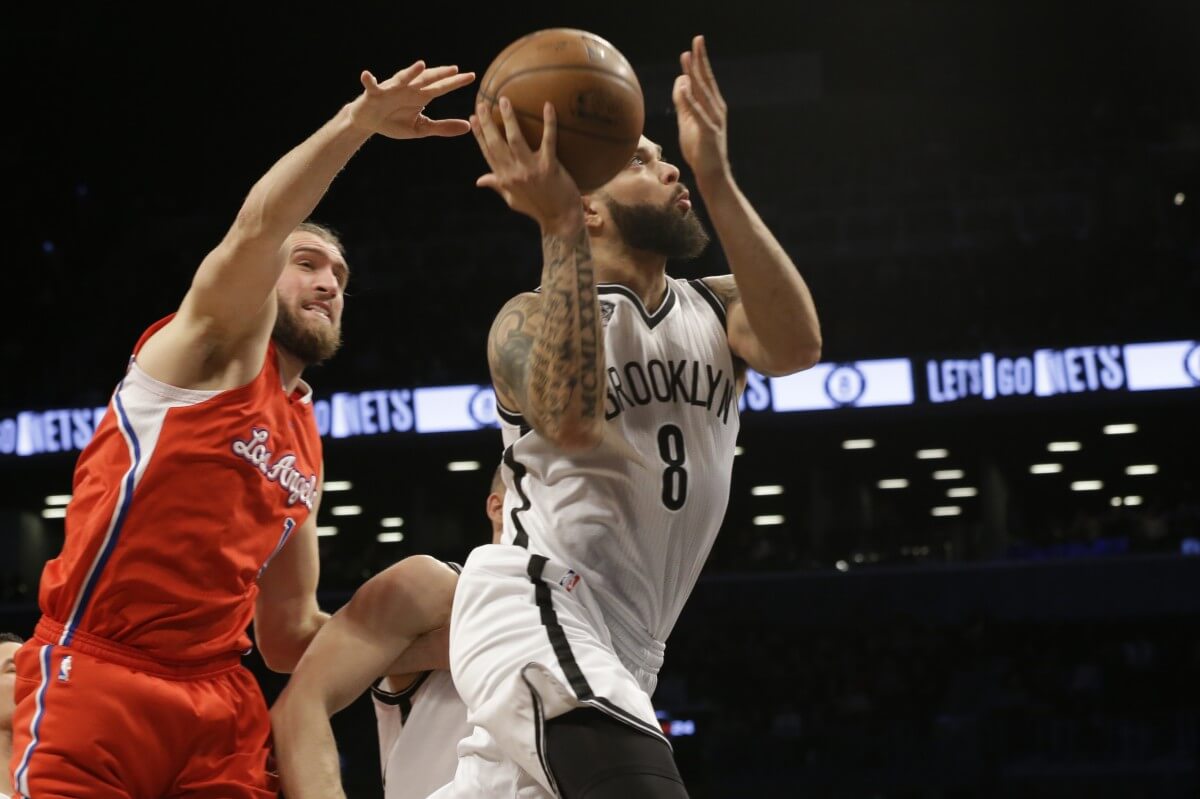
The Nets hit their lowest point two weekends ago, with back-to-back losses by a combined 74 points to the Los Angeles Clippers & Utah Jazz. Since that time, they embarked on what looked like a brutal stretch of games. But the Nets have been competitive in all four games, even winning the last two: the first on a buzzer-beater by Jarrett Jack, the second in emphatic fashion over the Toronto Raptors.
Though they had some key defensive possessions down the stretch against the Raptors, their overall improvement has come entirely on the offensive end. Here’s the two biggest reasons for the bump:
Turnovers
The Nets have cut down their turnovers by a full four per game in the past four games, averaging just 10.5 turnovers per game in that time, and turning the ball over just seven or eight times in three of those games. They’re turning the ball over under 11 times per 100 possessions in that span, tops in the NBA.
It’s no coincidence that with Deron Williams back (for the last two games), Brook Lopez healthy, and Joe Johnson getting a few extra days of rest thanks to a postponed game, the Nets have had less trouble controlling the ball recently. It’s an understated strength to simply be able to run a pick-and-roll or isolation play without turning the ball over often; Johnson’s ability to make smart decisions and maintain control of his dribble is one of his underrated traits, and Lopez is often getting the ball in a position to shoot too quickly to even turn the ball over[note]Unless, of course, someone throws a double-team at him in the post, perhaps his biggest offensive weakness.[/note].
Outside Shooting
The biggest difference for the Nets has come in their three-point shooting, where a season’s worth of bad luck has begun regressing to the mean. Heading into this recent four-game stretch, the Nets had shot just 32.1 percent on three-pointers[note]Not including end-of-quarter beyond-halfcourt-heaves[/note], and just 33.1 percent on open threes[note]defined as any three-pointer taken with at least four feet of space between the shooter and the nearest defender[/note]. Before the season, the Nets lauded their bevy of shooters, but none of them seemed to remember how to hit even open shots. This wasn’t a failure of system, just a failure of execution.
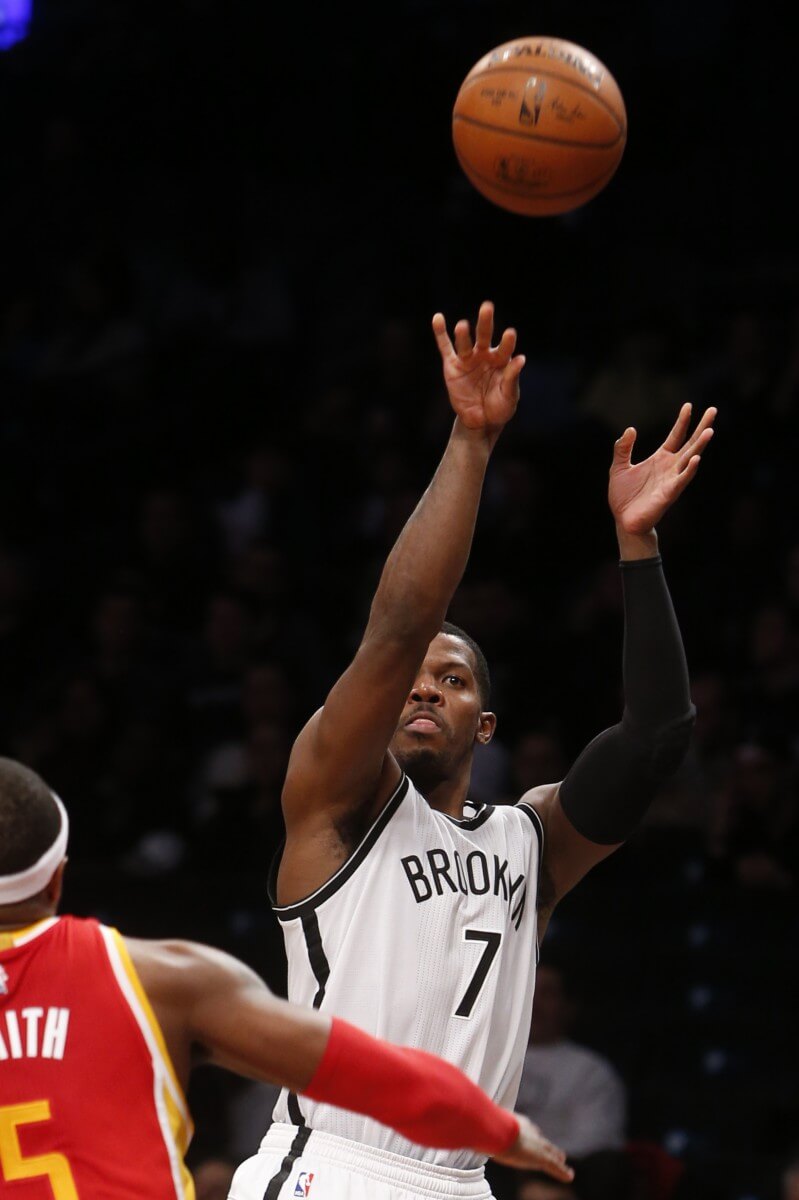
The Nets changed their identity on defense last year by switching Shaun Livingston into their starting lineup and forcing teams to match their versatility. But they changed their identity offensively by spreading the floor with shooters and posting up their guards. In the past few games, the Nets have begun to take on bits and pieces of that identity: pick-and-roll to death and spread the floor with shooters. Deron Williams is back to lead the charge when Jarrett Jack exits, and before his latest injury Williams was around the top of the league in catch-and-shoot three-point shooting.
Can they keep it up? Pardon the cop-out, but yes and no. Mostly no.
Williams’s return to the lineup, even as the average point guard he is these days, is a major upgrade, and his ability to control the ball and hit three-pointers (39.2% three-point shooting, 10.5% turnover rate, 2.71 assist-to-turnover ratio) is a welcome change over Jarrett Jack (21.3%, 12.5%, 2.08) and Darius Morris (21.4%, 10.1%, 2.31). Williams is so far removed from the NBA’s point guard elite it feels silly to even bring it up, but Jack & Morris are even further down that list, and getting Williams back in the lineup is a net on-court positive. But they’d have to show for more than a four-game span that they can keep an NBA-best pace.
There is reason to believe that their shooting’s turned a corner — at some point, shooters with pedigree just start hitting open shots — but it’s a stretch to imagine four of their shooters finishing the season continuing to hit over 40 percent of their threes.
So the Nets leave these last four games with something to build on: shooters hitting their shots and point guards controlling the offense. Can they keep it rolling through — and beyond — the All-Star break?

